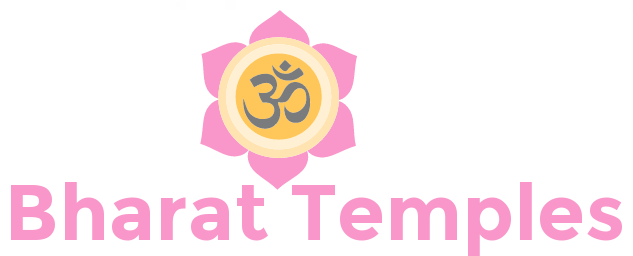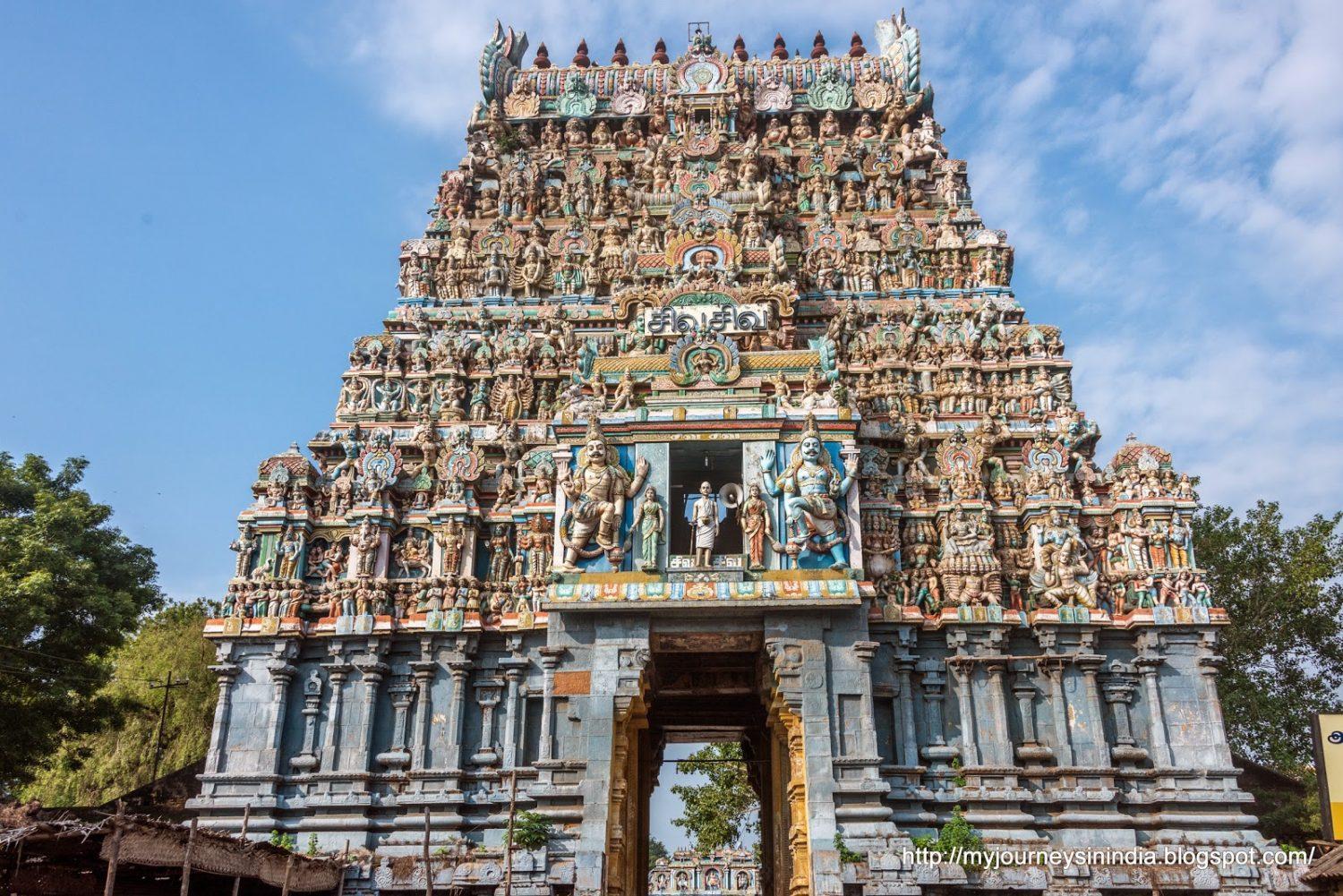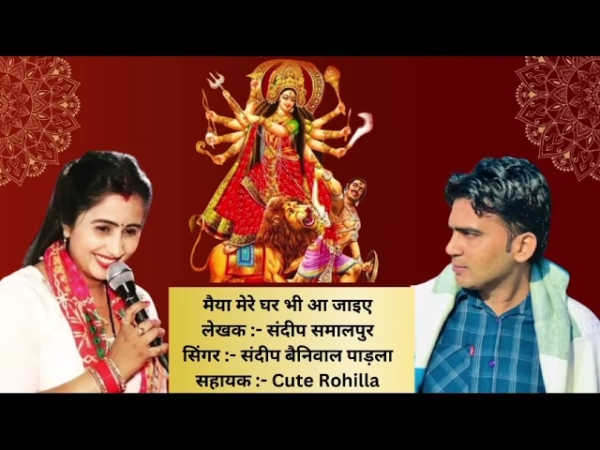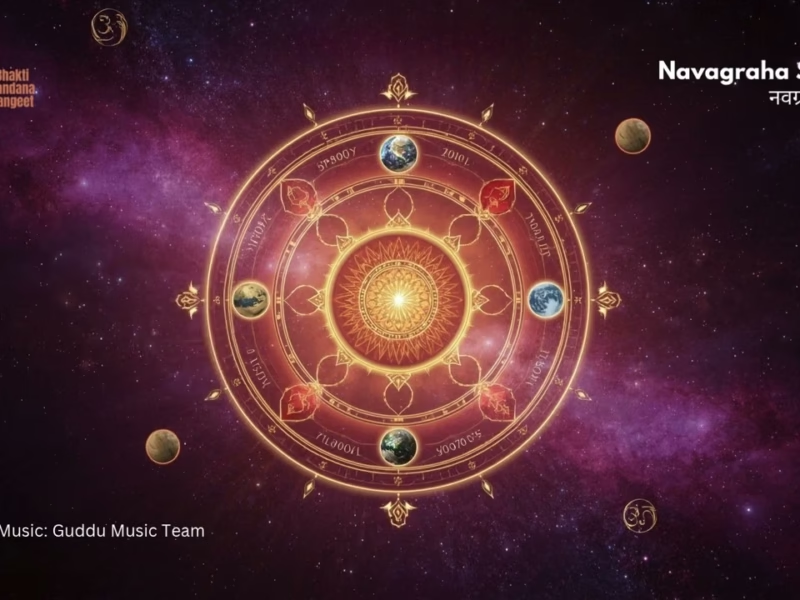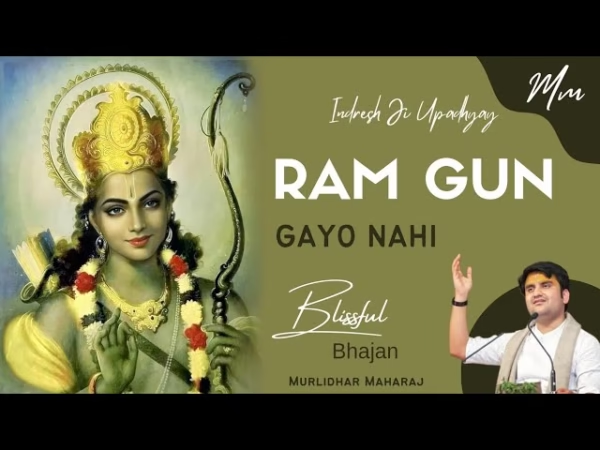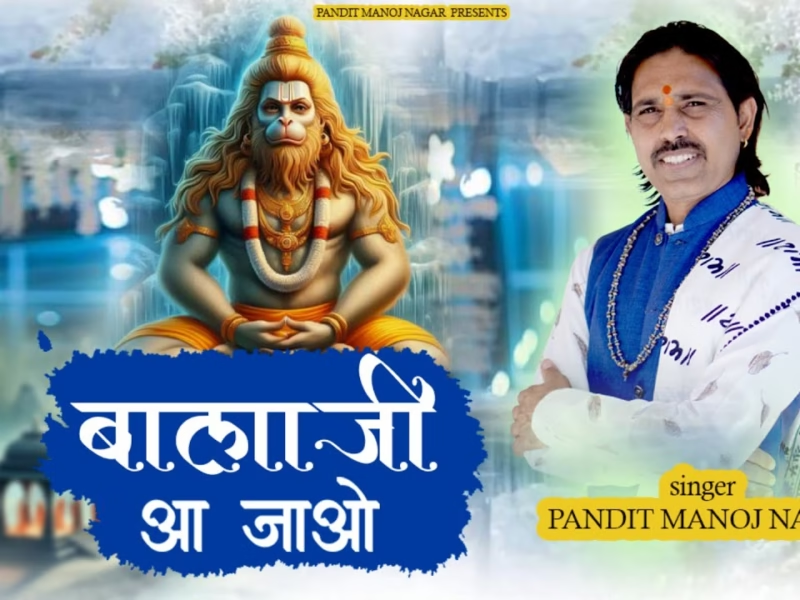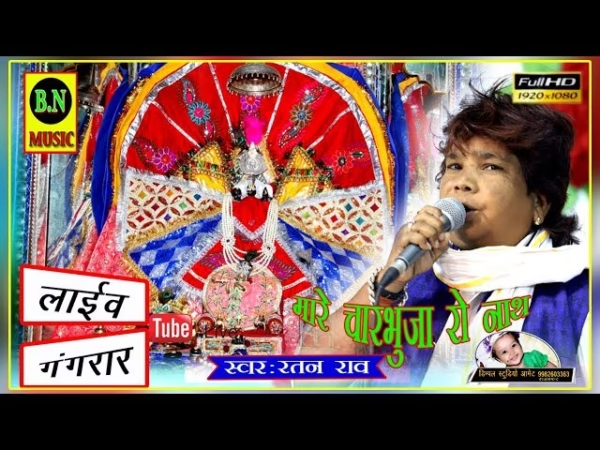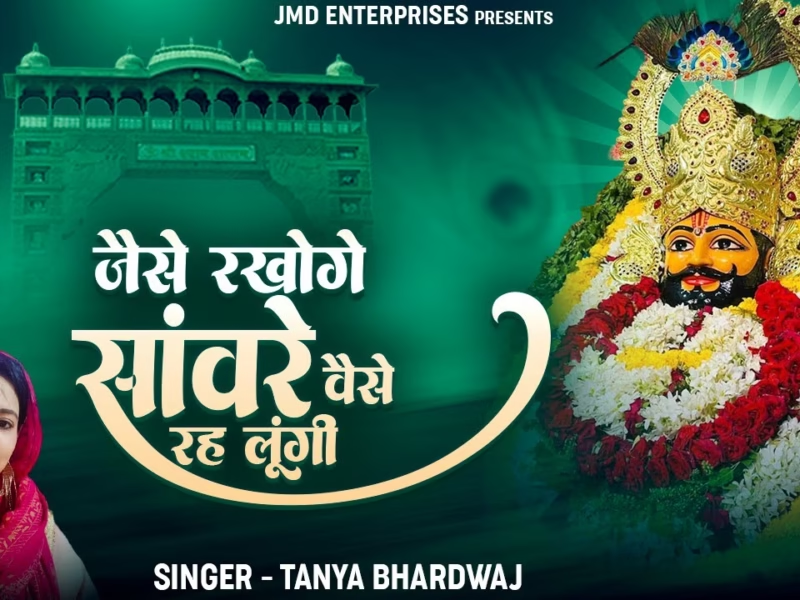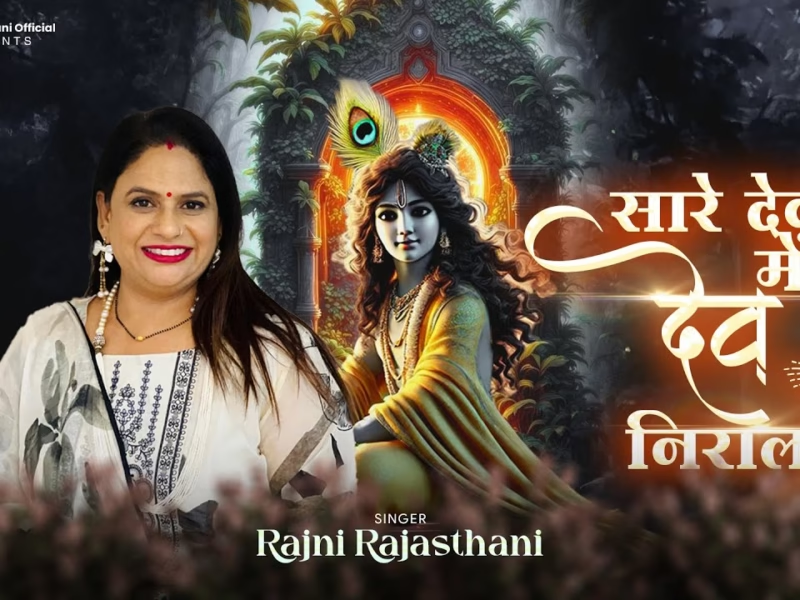Nageswaraswamy Temple, Thanjavur, Tamil Nadu
| Date built: | – |
|---|---|
| Deity: | Lord Shiva |
| Architectural style: | Dravidian architecture |
| Major festivals | – |
| Locale: | Kumbakonam |
| District:: | Thanjavur |
| Address: | Nageswaran North Street, Kumbakonam, Tamil Nadu 612001 |
| Phone | 04352430386 |
Nageswaraswamy Temple, Kumbakonam is a Hindu temple dedicated to Lord Shiva located in Kumbakonam, Tamil Nadu, India.The temple is incarnated by the hymns of Thevaram and is classified as Paadal Petra Sthalam. Shiva in the guise of Nagaraja, the serpent king and is located in the centre of Kumbakonam.
Architecture
The temple shows early Chola art in its best form particularly in the form of human figures. The sanctum is of padabandha-padmakatype stands on padmopana. The lotus leaves of the padmopano are carved with vitality. In its iconographic scheme the Ardhanari, Brahma and Dakshinamoorthy in the niches of the outer wall are featured. The other sculptures on the walls almost life-size reflect either the donors to the temples or contemporary princesses and princes.[7] The epic scenes are in low relief on the plinth below the pilasters of the walls of the sanctum, recalling the wood work.[8]
The Devi shrine is an independent structure situated in the outer prakaram(outer precincts of a temple), detached from the axial unit, though it faces south, a feature common to Saiva Devin shrines. The complex of Nataraja shrine is in the form of a chariot on wheel drawn by horses as in the case of Airavatesvara Temple at Darasuram and Sarangapani Temple in Kumbakonam.
Legend / Local stories
Aditya Chola constructed this temple during the 9th century. It is great marvel of Chola architecture, building technology and astronomy. The orientation is structured in such a way that it allows sunlight inside the temple, right on the sanctum only during the Tamil month of Chithirai (April/May). It bears another name called Surya Kottam or Keezha Kottam. The Karuvarai (Sanctum Sanctorum) of Nageswaran temple is similar to Sarangapani Temple, as it is made in the form of a Chariot. The temple consists of three gopurams in the eastern, western and southern directions. The temple is designed in such a way that during the first three days of Tamil month Chittirai (April – May), the rays of the Sun falls directly in the base of the presiding deity in sanctum sanctorum.
The temple had been a centre of learning as seen from the inscriptions in the temple. The inscriptions indicate specific subjects like Purvamimansa styled as Pravahakarma. There were also provisions made for feeding and maintaining for teachers and students.
As per a Hindu belief, people troubled by Sarpa-dosha or Malefic effects Rahu-Kethu seek a relief by offering prayers in a single day to Kudanthai or Kumbakonam Nageshwarar in the morning, Thirunageshwaram Naganathar at the noon, Thirupamburam Pambureswarar in the evening and Nagoor Nageshwarar or Naganathar temple at night. During the time when Adisesha was feeling under the weight of the earth, he did penance at Kuvivanam. Parvathy appeared and blessed him at this place to get strength. The water body in the temple is called Naga Theertham. Th temple known is for its shrine of Rahu, one of the nine celestial bodies in the Navagrahas. A legend has it that the mythological serpents Dakshan and Kaarkotakan worshipped Lord Shiva here. Legend also has it that King Nala worshipped Shiva here as in Thirunallar. There is a Naganathar temple at Tirunageswaram having similar features like temple. This place has been referred in Tevaram written by Saint Tamil poet of 7th Century AD, Thirugnana Sambanthar.
Photo Gallery
How to Reach:
Contact Details
Official Address
